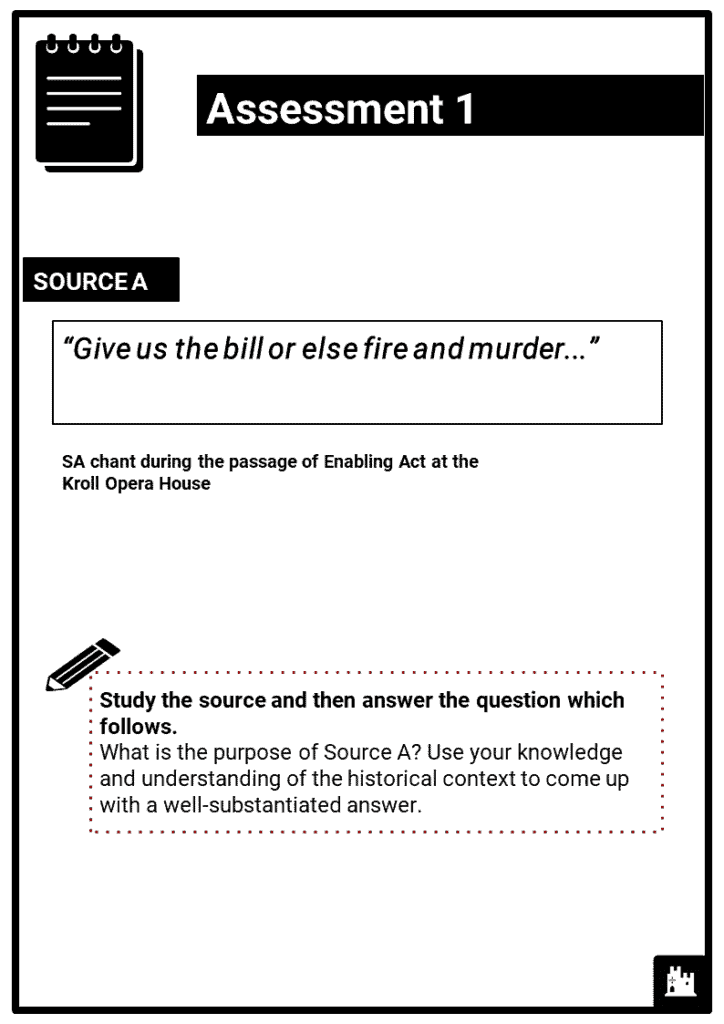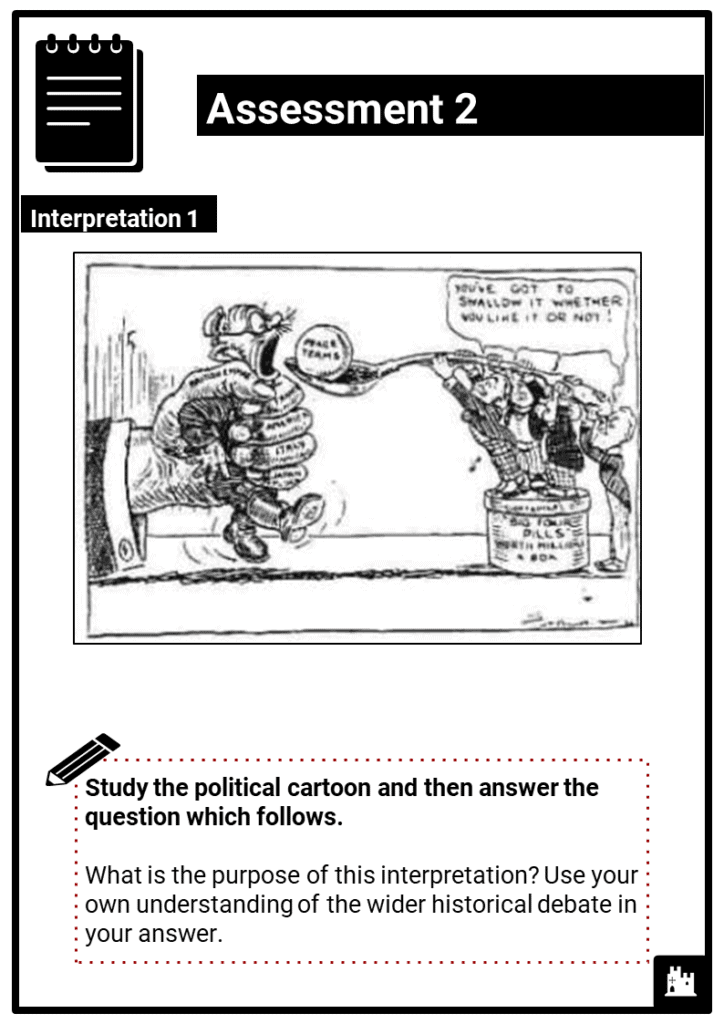Teach any WJEC module : Germany in Transition, 1919-1939, no prep needed!
Do you want to save dozens of hours in time? Get your evenings and weekends back? Be fully prepared to teach any WJEC GCSE topic?
Every WJEC topic is covered, and each module comes complete with:
Studies in Depth – History with a European / world focus
Written examination: 1 hour 25% of qualification 50 marks (plus 3 marks for spelling, punctuation and grammar and the use of specialist language)
Learners study one Study in Depth from four options in total. This unit focuses study on a substantial and coherent short time scale in the history of a society in Europe or the wider world. This unit will provide learners with the opportunity to understand the complexity of a society in the history of Europe or the wider world more effectively. This unit also allows learners the opportunity to study history within a wider geographical context. This unit encourages learners to use a wide range of historical sources. Learners will also have the opportunity to create a variety of historical responses.
Unit 2: Studies in Depth
Sub-section: History with a European / world focus
Module: 2C Germany in Transition, 1919-1939
This option focuses in-depth on selected themes and issues relating to the history of Germany from 1919-1939. Candidates will be required to consider the impact of the First World War on Germany, the recovery of the Weimar Republic, the factors which led to the rise of the Nazis and the impact of the Nazi regime upon the lives of the German people. Candidates should develop an awareness of how aspects of life in Germany in this period have been represented and interpreted and they should also address the key questions in each topic area using a range of historical sources. The required content below shows which key features and characteristics of the period must be studied.
Key Questions and Required Content
- Impact of the First World War - What challenges were faced by the Weimar Republic from 1919-1923?
- Impact of the Treaty of Versailles; weaknesses of Weimar government; political instability - the Spartacist, Kapp, and Munich Putsches; hyperinflation; events in the Ruhr 1923.
- Recovery of Weimar - Why were the Stresemann years considered a ‘golden age’?
- Recovery from hyperinflation; Dawes and Young Plans; the Locarno Pact; relations with the League of Nations; US investment; social and political developments.
- End of the Weimar Republic - How and why did the Weimar Republic collapse between 1929 and 1933?
- Social and political impact of the Depression on the Weimar Republic; the reasons for growing support for the Nazis; role of the SA; propaganda; political extremism and scheming 1929-1932.
- Consolidation of power - How did the Nazis consolidate their power between 1933 and 1934?
- Hitler as Chancellor; the Reichstag Fire; the 1933 election and Enabling Act; trade unions and political parties; Night of the Long Knives; Hitler becomes Fuhrer.
- Nazi economic, social and racial policy - How did Nazi economic, social and racial policy affect life in Germany?
- Reducing unemployment; Nazi policy towards workers; women and the Three Ks; controlling education; the role of the Hitler Youth Movement; attitudes to religion; the treatment of the Jews 1933-1939.
- Terror and persuasion - What methods did the Nazis use to control Germany?
- Use of SS and Gestapo; control of the legal system; Goebbels and propaganda; use of rallies, radio and cinema; censorship of newspapers and the arts.
- Hitler’s foreign policy - What factors led to the outbreak of war in 1939?
- Hitler’s foreign policy aims; rearmament and conscription; the Rhineland 1936; the Anschluss 1938; the Sudetenland 1938; the Nazi-Soviet Pact 1939.






